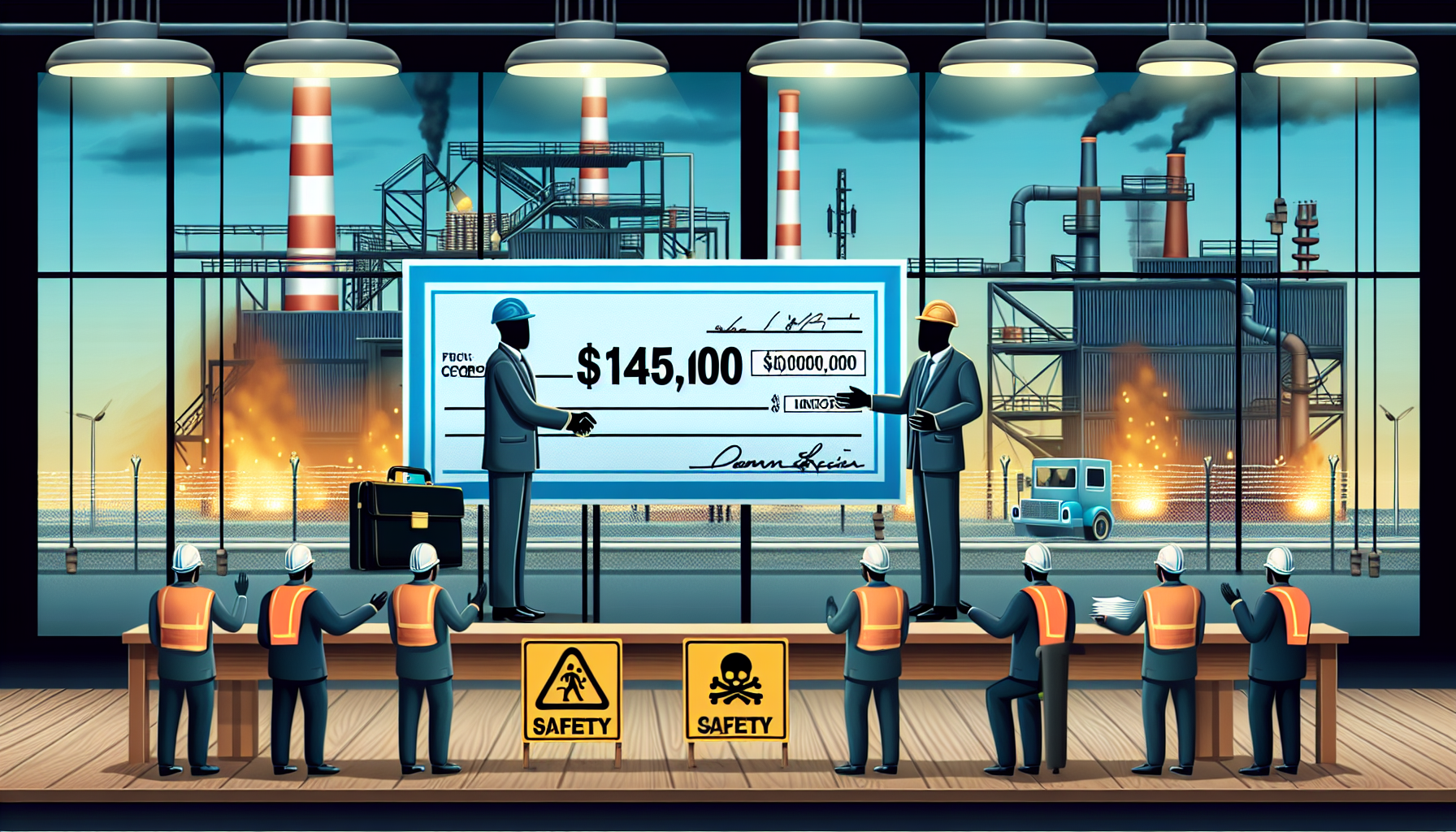
Amazon Confronts Safety and Labor Issues: Essential Insights
Amazon, the e-commerce titan renowned for rapid deliveries and extensive product selections, is facing increasing scrutiny regarding its workplace safety and labor regulations. Recent events include a settlement with the Occupational Safety and Health Administration (OSHA) concerning purported hazardous conditions and ongoing strikes from employees advocating for improved wages, benefits, and work environments. Below is an overview of the critical issues and their implications for Amazon, its employees, and consumers.
OSHA Settlement: Tackling Ergonomic Risks
What Are Ergonomic Injuries?
Ergonomic injuries, often referred to as musculoskeletal disorders, happen when repetitive movements, heavy lifting, or uncomfortable postures put stress on the body. These injuries can encompass sprains, strains, and other physical issues that typically manifest gradually. For workers in Amazon warehouses, who frequently handle physically strenuous tasks, the danger of experiencing such injuries is considerable.
The Settlement Overview
As part of the settlement, Amazon consented to pay a $145,000 fine and adopt company-wide ergonomic strategies to minimize employee injuries. OSHA will continue to inspect Amazon’s facilities for the following two years to ensure adherence to the regulations.
Although OSHA retracted nine out of ten ergonomic citations against Amazon as part of this arrangement, the Department of Labor has labeled the settlement as the “largest of its type.” Still, it does not address a distinct investigation by the U.S. Attorney’s Office for the Southern District of New York regarding allegations that Amazon hid workplace injuries.
Employee Strikes: A Demand for Enhanced Conditions
The Teamsters Union Takes a Stand
Alongside the OSHA settlement, Amazon is experiencing labor disturbances. Strikes have erupted at several locations in California, Georgia, Illinois, and New York, organized by members of the Teamsters union. The union is insisting that Amazon engage in negotiations over aspects such as work conditions, salary, and benefits.
The Teamsters established a deadline of December 15 for Amazon to confirm bargaining dates for a contract. When the company did not meet this deadline, employees took to the streets.
Strikes in Motion
In Queens, New York, local reporters documented scenes of peaceful picketing being interrupted by police, who set up barriers to facilitate contractor access to the Amazon distribution center. Teamsters General President Sean M. O’Brien criticized Amazon’s actions, remarking, “If your package is delayed during the holidays, you can attribute it to Amazon’s relentless greed.”
Wider Implications
For Amazon
The OSHA settlement and persistent strikes accentuate the hurdles Amazon confronts as it continues to expand. While the corporation has historically been celebrated for its efficiency and innovation, these occurrences highlight the necessity for enhancement in workplace safety and labor relations.
For Employees
For Amazon workers, these developments signify a potential turning point. The OSHA settlement could pave the way for safer working environments, while the strikes illustrate the rising influence of organized labor advocating for improved wages and benefits.
For Consumers
For consumers, the strikes might lead to postponed deliveries, particularly during the bustling holiday period. However, these delays also spotlight the human costs associated with the convenience that many have come to expect from Amazon.
Conclusion
Amazon’s recent OSHA settlement and the surge of worker strikes underscore escalating worries regarding workplace safety and labor practices at one of the globe’s most significant firms. Though the company has initiated measures to combat ergonomic hazards, ongoing labor disputes indicate that further efforts are essential to ensure equitable treatment for its workforce. As these situations evolve, they serve as a crucial reminder of the need to balance corporate expansion with employee welfare.
Q&A: Essential Inquiries Regarding Amazon’s Workplace Issues
Q1: Why is the OSHA settlement important?
The OSHA settlement is crucial as it compels Amazon to implement company-wide ergonomic measures to mitigate worker injuries. It also involves continued inspections for two years, indicating increased scrutiny of the company’s workplace practices.
Q2: What are ergonomic injuries, and why should Amazon employees be concerned?
Ergonomic injuries, or musculoskeletal disorders, arise from repetitive actions, heavy lifting, or improper body positioning. These injuries pose a significant risk for Amazon workers due to the physically challenging nature of warehouse jobs.
Q3: How does the OSHA settlement influence the separate investigation into Amazon?
The OSHA settlement does not influence the ongoing inquiry by the U.S. Attorney’s Office for the Southern District of New York, which is investigating allegations that Amazon obscured workplace injuries.
Q4: What are the reasons behind the strikes by Amazon employees?
Employees are striking to insist on improved wages, benefits, and working conditions. The Teamsters union organized the strikes following Amazon’s failure to meet a December 15 deadline for confirming negotiation dates for a contract.
Q5: Will the strikes impact deliveries during the holiday season?
Yes, the strikes may lead to potential delays in holiday deliveries, particularly in regions where Amazon operations are directly affected by worker actions.
Q6: What implications do these developments have for Amazon’s image?
These events could potentially influence Amazon’s reputation, bringing to light concerns over workplace safety and labor policies. The organization may experience heightened scrutiny from regulators, employees, and consumers.
Q7: In what ways can consumers advocate for fair labor practices?
Consumers can support fair labor practices by staying informed about the companies from which they purchase, promoting improved workplace conditions, and considering alternatives if they disagree with a company’s practices.
Stay tuned for updates as Amazon navigates these issues and strives to address the concerns of its employees and regulators.